Low back pain is one of the leading causes of disability in the world, and is often treated with ineffective, inefficient, and even harmful methods. What causes disability and poor care? Low back pain-related beliefs are associated with greater levels of pain, disability, work absence, medication use, and healthcare utilisation. Both people with and without low back pain hold unhelpful beliefs, and media, industry, and other influences can reinforce them.
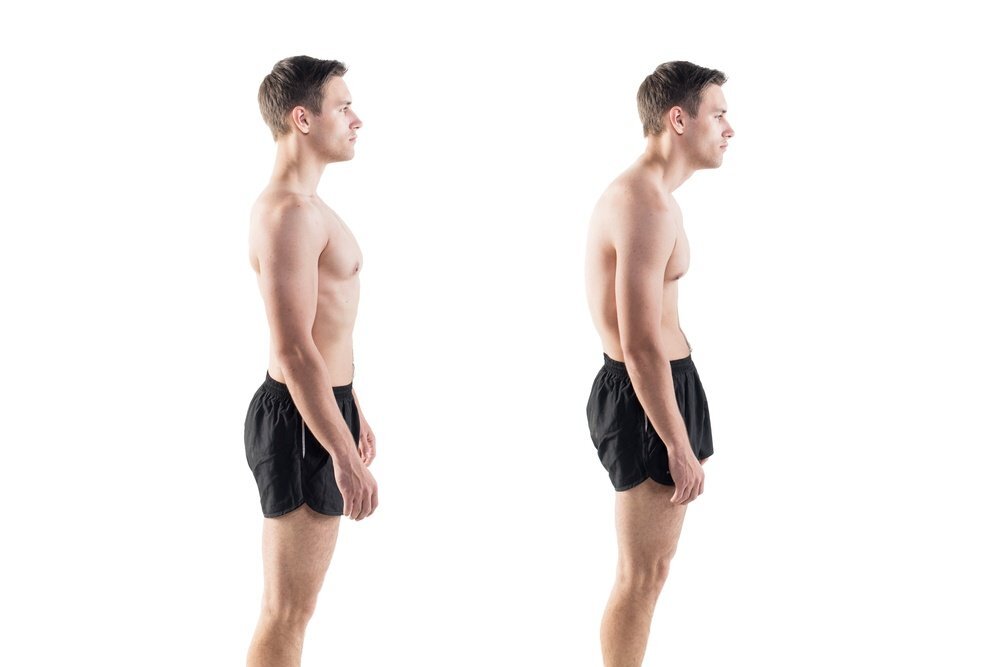
Myth 1:
Low back pain is caused by poor posture when sitting, standing, and lifting.
Fact: Posture during sitting, standing, and lifting are not associated with low back pain. In fact, we now understand that slouched posture whilst sitting actually reduces pressure on the vertebral disks and facilitates their rehydration. The best way to manage posture on a day-to-day basis is to follow the rule “Your Best Posture Is Your Next Posture” e.g. continue to frequently change your posture throughout the day. If you are comfortable, why change?
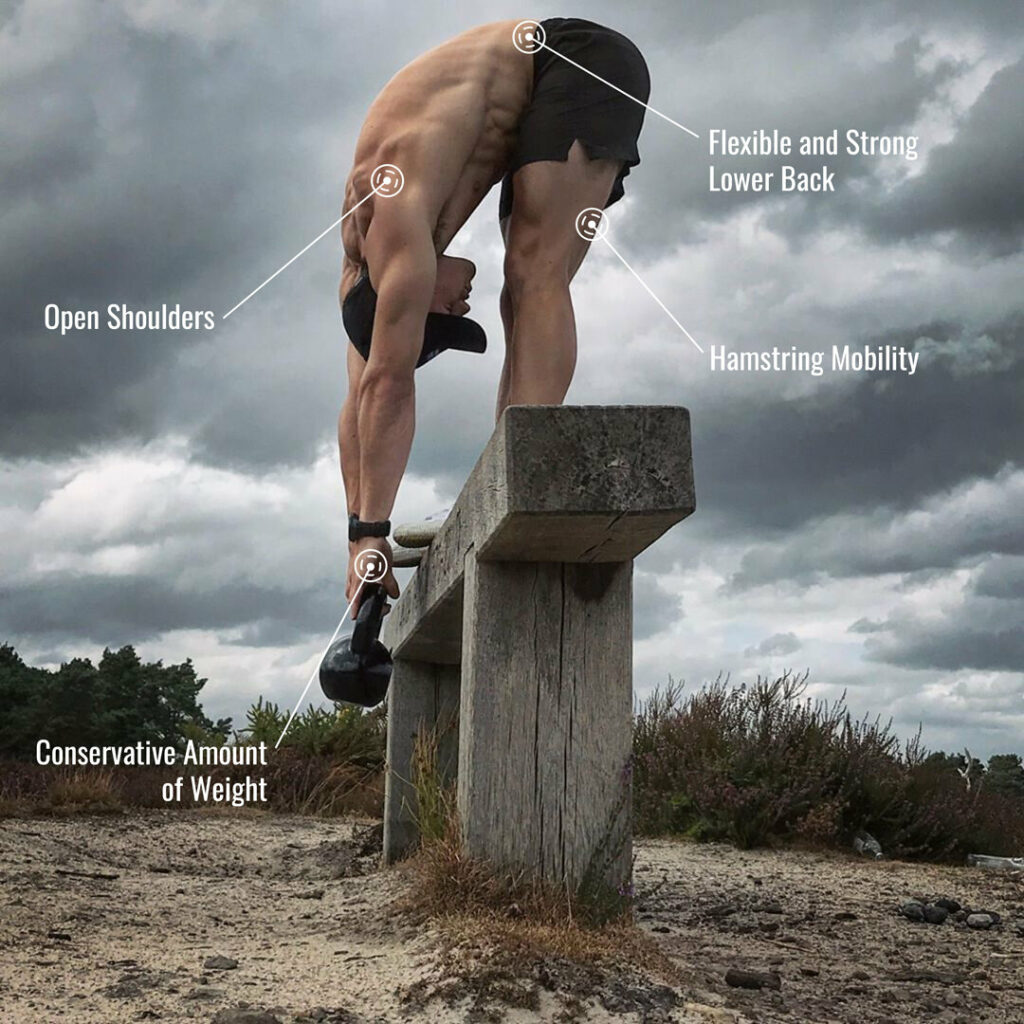
Myth 2.
Repeated spinal loading results in wear and tear and tissue damage.
Fact: Moving and loading the spine is 100% safe. The spine is a strong, robust and resilient structure that is able to withstand extreme forces. Regular movement and loading builds further structural resilience. The key with all strengthening exercises is to progress slowly with graded exposure e.g. don’t run before you can walk = don’t squat weights before you can squat your bodyweight.
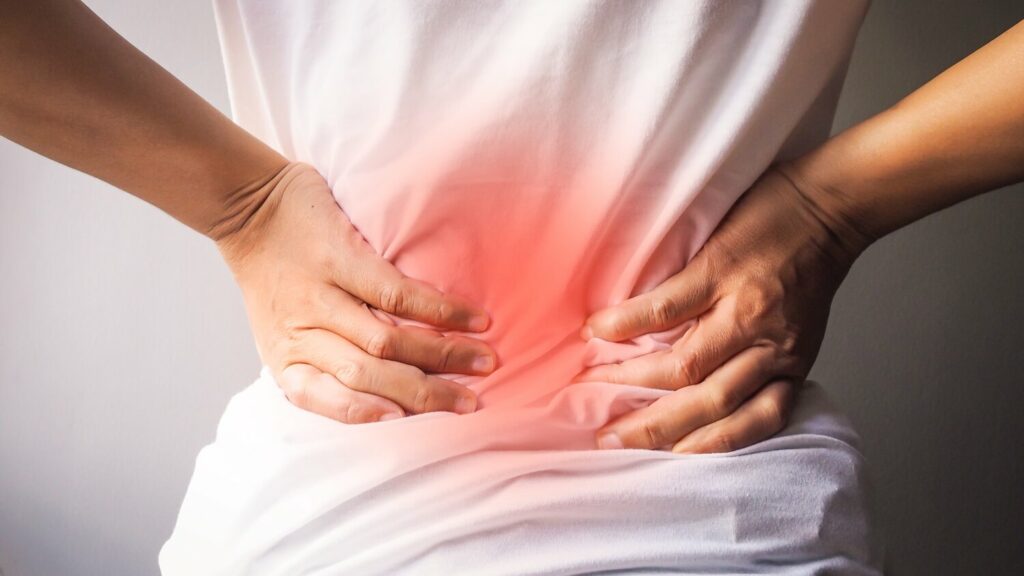
Myth 3.
Persistent low back pain is always related to tissue damage.
Fact: Persistent pain related to tissue damage is actually a rare occurrence. It is more strongly associated with many different intrinsic and extrinsic factors including fear avoidance behaviors, negative recovery expectations, poor pain coping strategies, stress, anxiety, health status, education, fitness levels, nutrition, sleep, and several more.
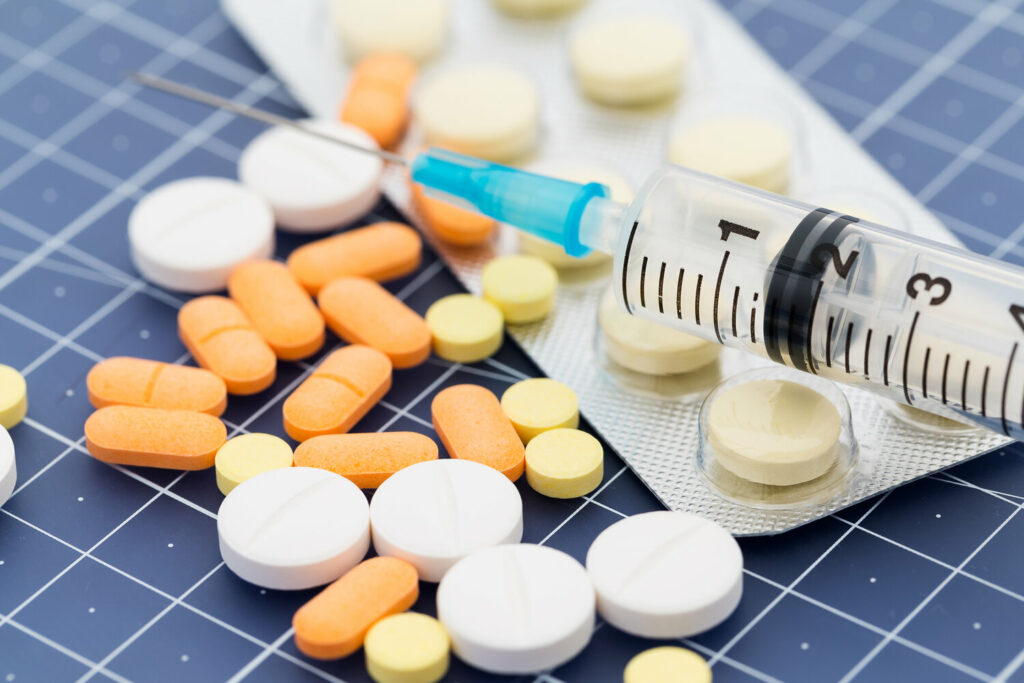
Myth 4.
Treatments such as strong medications, injections, and surgery are effective, and necessary to treat low back pain.
Fact: Effective care for back pain rarely involves medication, injections, or surgery. Each of these approaches should only be used in exceptional cases rather than the norm. Combined with physiotherapy, short-term use of medication can help increase exercise compliance by making it easier for the person to exercise with less pain. If injections or surgery are being considered, then all other options should first have been explored, as well as understanding the benefits and risks involved.
The most effective care for back pain is a multimodal approach that is patient-centered. People should be educated to promote a positive mindset and to optimize their mental and physical well-being, such as exercising regularly, socializing, sleeping well, and maintaining healthy body weight.
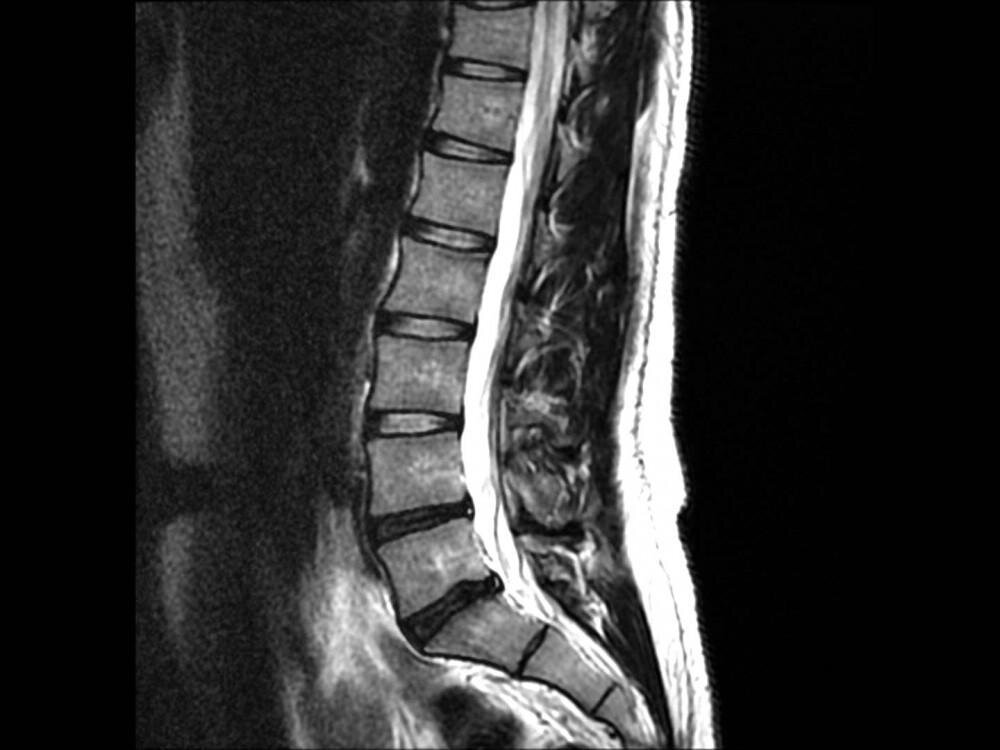
Myth 5.
Scans are always needed to detect the cause of low back pain.
Fact: We are now promoting a healthier and more evidence-based approach to how we use scans for low back pain. Meaning we rarely use them unless deemed necessary. Why? Despite the fact that a scan may indicate a change within a structure, this change does not imply causation but only a correlation when it comes to helping figure out where the source of your pain is. Research now shows that scanning individuals of the same age with and without pain yields similar results. In this way, we can see how the body naturally changes throughout life. The same thing happens when one’s hair greys or their skin wrinkles. Why one person experiences pain compared to another is multifaceted and complex. One’s experience is influenced by all facets of their life including exercise and activity levels, stress, health status, nutrition, beliefs and previous experiences.
So rather than seeking for a scan that does not accurately guide treatment, we treat you as an individual who is experiencing pain.
We are here for you
If you’re in pain and would like to talk to us about getting some help, some specialist advice, or if you are looking for a diagnosis, remember we are always here to help you.
Appointments remain limited and we are experiencing an exceptionally high demand for our physio services since UK restrictions were lifted, so please contact us immediately to avoid a long wait.
If you would like to get one of our limited slots, please click HERE to email or CALL us on 07900603617.





